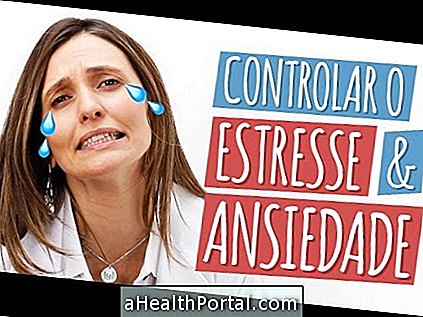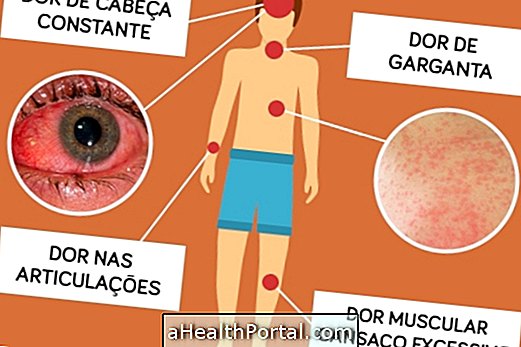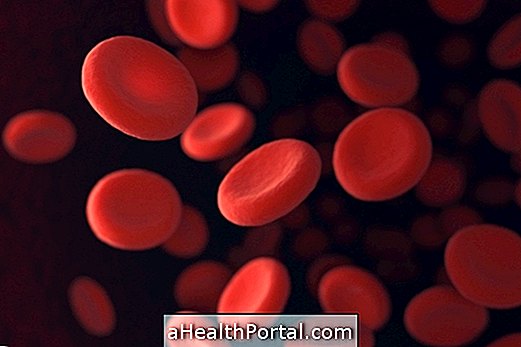Dissociative Disorder, also known as conversion disorder, is a mental disorder in which the person suffers from a psychological imbalance, with changes in consciousness, memory, identity, emotion, perception of the environment, control of movements and behavior.
Thus, the person with this disorder can experience different types of signs and symptoms of psychological origin, which arise in isolation or together, without any physical illness that justifies the case. The main ones are:
- Temporary amnesia, either specific events or a period of the past, called dissociative amnesia;
- Loss or alteration of the movements of parts of the body, called dissociative movement disorder;
- Lentifying movements and reflexes or impossibility of moving, similar to a fainting or a state of catatonia, called dissociative stupor;
- Loss of awareness of who you are or where you are;
- Similar movements to an epileptic seizure, called a dissociative seizure;
- Tingling or loss of sensation in one or more body sites, such as mouth, tongue, arms, hands or legs, called dissociative anesthesia;
- State of extreme confusion mint l;
- Multiple identities or personalities, which is dissociative identity disorder. In some cultures or religions, it may be called a state of possession. If you want to know more about this specific type of dissociative disorder, check out Dissociative Identity Disorder.
It is common for people with dissociative disorders to exhibit behavioral changes, such as a sudden exaggerated or unbalanced reaction, so this disorder is also known as hysteria or hysterical reaction.
Dissociative disorder usually manifests or worsens after traumatic or stressful events, and usually occurs abruptly. Episodes may arise from time to time or become frequent, depending on each case. It is also more common in women than in men.
Treatment of dissociative disorder should be guided by a psychiatrist and may include use of anxiolytic or antidepressant medications to relieve symptoms, and psychotherapy is very important.

How to confirm
During dissociative seizures, one can believe that this is a physical illness, so it is common that the first contact of these patients is with the doctor in the emergency room.
The physician identifies the presence of this syndrome by intensely investigating changes in clinical evaluation and exams, but nothing of physical or organic origin explaining the condition is found.
Confirmation of the dissociative disorder is made by the psychiatrist, who will assess the symptoms presented in the seizures and the existence of psychological conflicts that may be triggering or aggravating the disease. This physician should also assess the presence of anxiety, depression, somatization, schizophrenia, or other mental disorders that worsen or confuse with dissociative disorder. Understand what are and how to identify the most common mental disorders.
How is the treatment done?
The main form of dissociative disorder treatment is psychotherapy, with a psychologist, to help the patient develop strategies to deal with stress. The sessions are held until the psychologist feels that the patient is able to manage their emotions and relationships safely.
Follow-up with the psychiatrist is also recommended, which will evaluate the progression of the disease and may prescribe medications to relieve symptoms such as antidepressants such as Sertraline, antipsychotics such as Tiapride or anxiolytics such as Diazepam if needed.


























